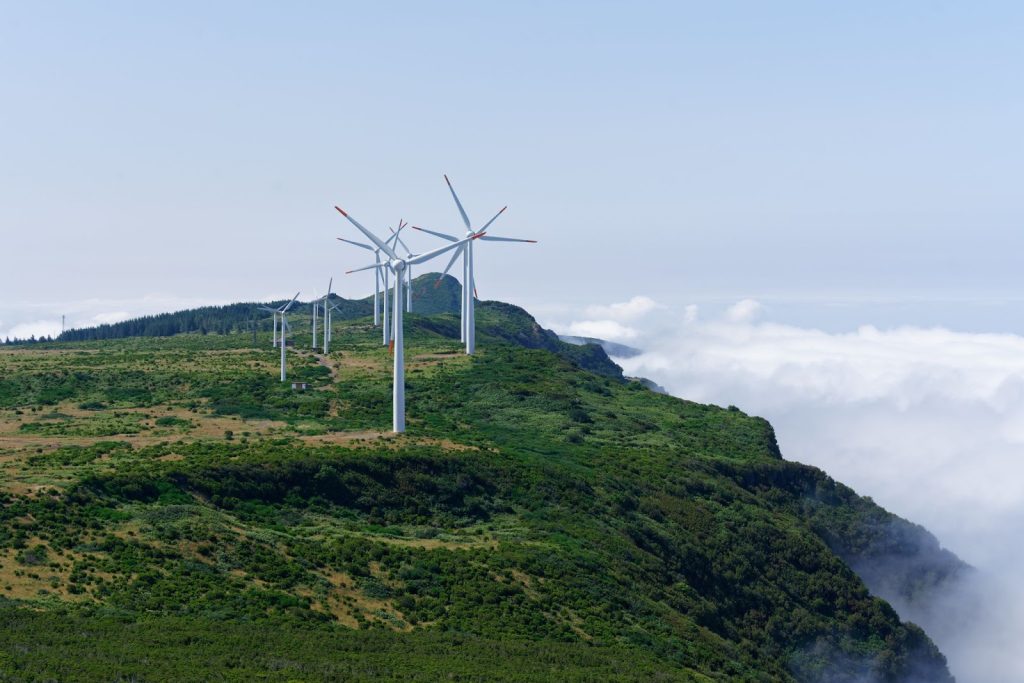The Future of Wind Energy: Exploring High-Altitude Wind Turbines in Renewable Energy Education
Key Highlights
- Innovative Energy Solution: High-altitude wind turbines operate hundreds or even thousands of feet above the ground, accessing stronger and more consistent winds for enhanced energy generation.
- Higher Efficiency: By capturing stable high-altitude winds, these turbines can produce up to 50% more energy than traditional ground-based turbines.
- Cost-Effective Design: Reduced infrastructure needs can lower installation costs by up to 40% and operational expenses by 30%, making them ideal for remote and offshore locations.
- Educational Impact: Integrating this emerging technology into renewable energy programs encourages students to explore new engineering solutions and career opportunities.
- Future Potential: With advancements in design and automation, these turbines can adapt to optimal wind conditions, expanding clean energy access worldwide.

Unlocking the Potential of High-Altitude Wind Turbines
Picture a world where endless clean energy flows from the sky. It’s no longer just science fiction, high-altitude wind energy is turning that vision into reality. As we explore innovative ways to power our planet, these airborne turbines are set to play a pivotal role in the future of wind energy.
What Are High-Altitude Wind Turbines?
Imagine wind turbines that aren’t fixed to the ground but instead hover hundreds or even thousands of feet in the sky. That’s the concept behind high-altitude wind turbines. These devices are designed to capture stronger and more consistent winds found at higher altitudes, unlocking a new frontier in clean energy innovations.
Why High-Altitude Wind Energy Matters
One of the biggest challenges with traditional wind farms is inconsistent wind flow. At higher altitudes, wind speeds are 30-60% stronger and significantly more stable, allowing high-altitude turbines to generate up to 50% more energy than their ground-based counterparts.
Additionally, data reveals that high-altitude wind turbines can reduce infrastructure costs by up to 40% and operational expenses by 30%, making them a cost-effective choice for remote locations and offshore platforms. This affordability opens up new possibilities for clean energy deployment in underserved areas.

Real-World Example: The Makani Energy Kite Project
The Makani Energy Kite project by Google X showcased how tethered, airborne turbines could successfully harness high-altitude winds to generate electricity. While the project concluded in 2020, it laid the groundwork for future advancements in the field. Sharing such real-world examples can inspire students and create exciting learning opportunities in renewable energy programs.
How High-Altitude Wind Turbines Work
Unlike traditional turbines, these high-flying systems may resemble kites or drones, tethered to the ground while they float high in the sky. These designs minimise infrastructure costs and maximise energy capture efficiency. Some models can even automatically adjust their altitude to harness optimal wind conditions, further enhancing their contribution to sustainable energy solutions.
Educational Opportunities and Career Growth
Integrating high-altitude wind energy into renewable energy education empowers students to develop better designs, improve efficiency, and solve technical challenges. With the airborne wind energy market projected to grow by 15% annually, students pursuing careers in this field can explore roles in:
- System Design and Engineering
- Aerodynamics and Mechanical Engineering
- Environmental Impact Analysis
- Energy Policy and Sustainable Development
For those looking to build expertise in this field, consider exploring wind power courses to gain practical knowledge and skills.
Encouraging students to engage with emerging solutions like high-altitude wind turbines ensures the future of wind energy is driven by creative solutions and informed decision-making.
Embracing the Future of Renewable Energy

For educators, students, and renewable energy enthusiasts alike, the rise of high-altitude wind turbines represents a fascinating glimpse into the future of wind energy. As we continue to explore cleaner, smarter energy alternatives, embracing these innovations will be key to achieving a more sustainable world.
The future of energy lies in the hands of innovators and dreamers—perhaps even you. By exploring and supporting high-altitude wind energy, we can move closer to a world powered by limitless clean energy. Whether you’re a teacher looking to inspire students or an aspiring engineer seeking your next big idea, now is the time to act. The possibilities are as vast as the skies these turbines soar in.
Sources
https://x.company/projects/makani
https://www.arpnjournals.org/jeas/research_papers/rp_2020/jeas_0620_8237.pdf
https://www.mdpi.com/1996-1073/2/2/307
https://www.teslarati.com/google-x-clean-energy-kite-wind-power-generation-anywhere

